Ten Safety Tips For Working On Ladders

- Home
- News
Ten Safety Tips For Working On Ladders
![Ten Safety Tips For Working On Ladders teaser]()
21 Aug 2019
Ladder safety is vital in the modern workplace: 4,000 Australians are injured every year due to improper ladder safety, with some injuries being severe or even fatal. There are many ways to prevent falls with some simple rules that everyone can follow, whether you rely on ladders for your business or are just doing a bit of DIY around the house.
1. Check your ladder for cracks or defects
Before setting up, check that your ladder is free of any cracks or defects such as missing rungs, a cracked frame, or other structural weaknesses such as worn or missing anti-slip feet. If you aren’t sure about it, don’t use it.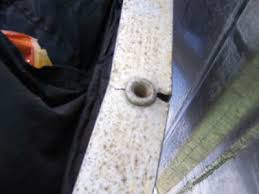
2. Ensure you’re working on level ground
Never place a ladder on an incline or ground where the feet of the ladder – whether an extension ladder or A-Frame – are not level and in alignment. Don’t use bricks or other blocks to prop the ladder up – these can be just as unstable as the ground itself, causing a fall.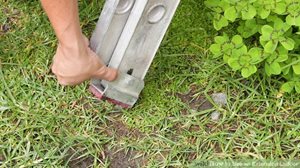
3. Use the three points of contact rule
When climbing a ladder, you should always maintain three points of contact. One foot and two hands or two hands and one foot. Your feet should always be placed in the middle of the rung or steps, as using toes or heels can cause you to lose balance.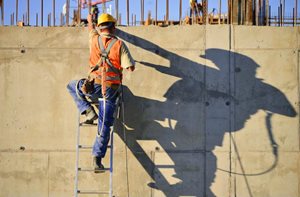
4. Use Personal Protective Equipment
If you have access to PPE, use it – harnesses and anchor points are extremely effective at preventing falls. If you don’t have access to active protection PPE, think about using passive systems such as railings or scaffolding.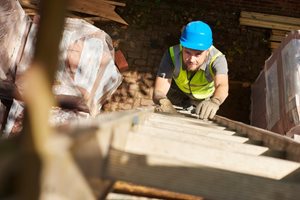
5. Don’t carry unbalanced loads
Never carry heavy or unbalanced loads up a ladder – it is too unstable and will more than likely cause a fall or accident. Use a tool belt or have a spotter hand you tools or loads once you are settled on the ladder.
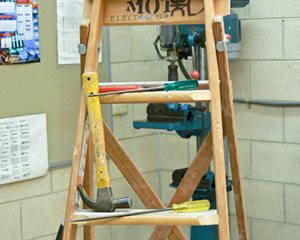
6. Don’t rush or make sudden movements
Rushing is one of the most common causes of accidents and falls from ladders. Taking your time and using deliberate movements will give you more time to react if you do lose balance, preventing injuries.

7. Avoid setting up a ladder near pedestrian traffic
Walking under a ladder is bad luck – especially if pedestrian traffic can topple over a ladder by walking into it unexpectedly. If you have to use a ladder near entrances or high foot traffic areas, use appropriate high-visibility gear to ensure people see you.
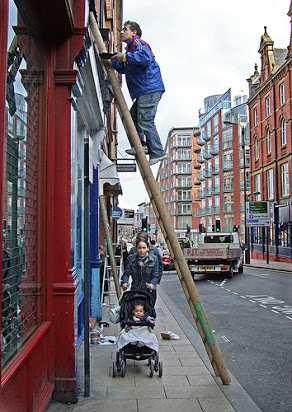
8. One metre above support points
A ladder should always extend one metre above the last support point, e.g. a roof or a railing. Use an extension ladder to ensure you meet this requirement.
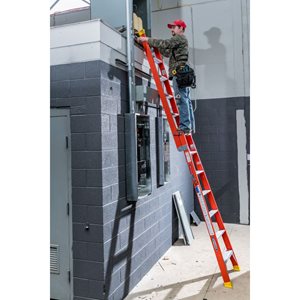
9. Heat and electrical work – use a fibreglass ladder
If you are conducting work around electricity or extreme heat, you should use a fibreglass ladder instead of wood or aluminium. Aluminium is conductive and can warp in high temperatures. Fibreglass is stronger and ideal for electrical work.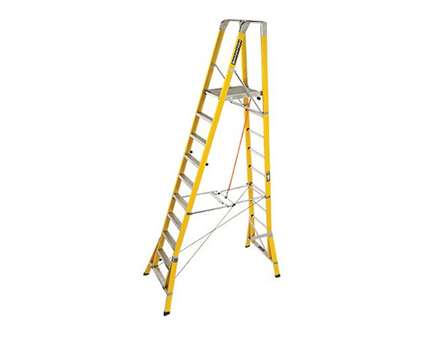
Imaged: Fibreglass Wide Platform Ladder
10. Training is key
Whether you’re in a business or just a DIY-er, you need to train yourself in looking for defects, using proper technique, and following safety tips and guidelines.
Checkout our Ladder Safety Checklist to help ensure you are safely using your ladder.
To find out more about safety around ladders, or to see our range of ladders for all applications, please visit Backsafe Australia or give us a call on 1300 305 314
Back To News Stories